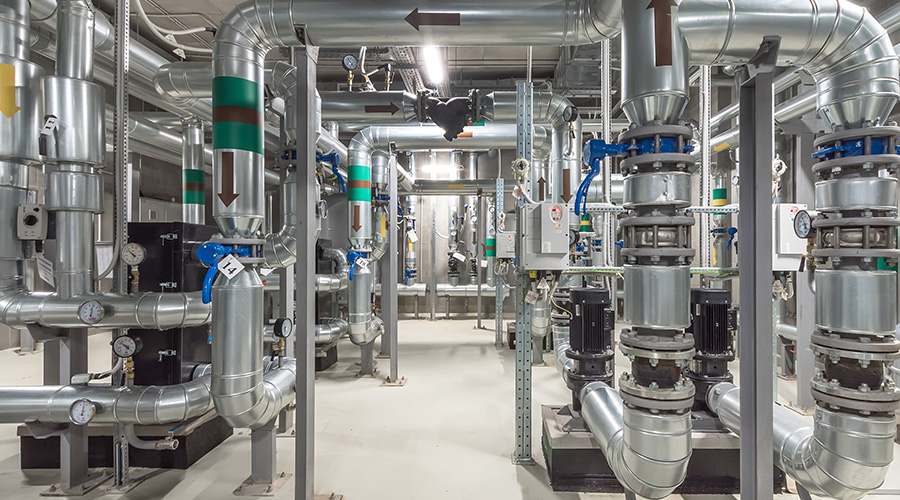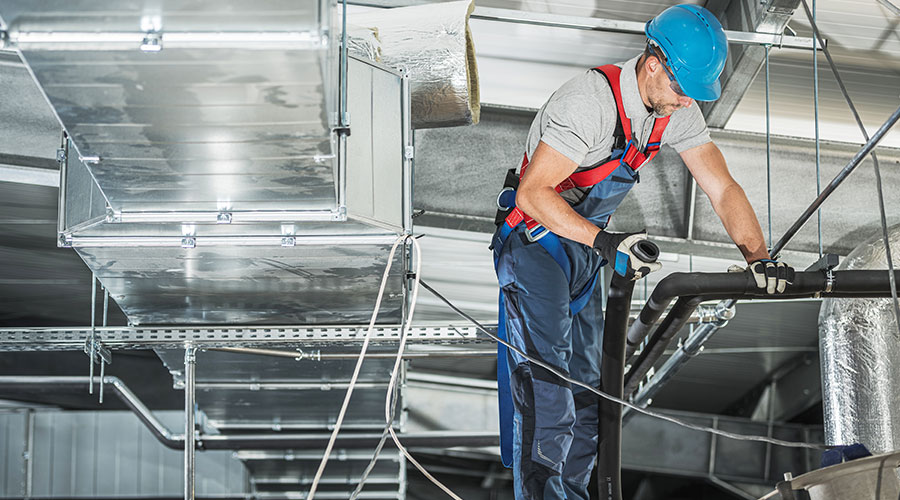Quantifying Savings When Specifying HVAC Products
One of the most difficult tasks managers face when specifying HVAC products for upgrades to improve energy efficiency is convincing top executives about the financial benefits of the upgrade. In most cases, products and systems that offer greater energy also cost more.
The problem with that situation is that the purchasing systems in most organizations focus on minimizing first costs through bidding or some other process. As a result, it is difficult to get approval to spend more up front in order to reduce operating costs over the long haul. Product certification can help in such cases, as well.
While metering the energy use of a product gives managers hard data, it is not a practical strategy for most applications. To get sufficient data, metering equipment would have to collect data for a particular model over days or weeks. Technicians would have to replace the equipment with an alternative model and repeat the data collection process. Time and cost considerations can make metering impractical.
For some systems, managers can estimate the relative performance of a higher-efficiency system by comparing the different unit's seasonal energy efficiency ratio (SEER). The SEER is a ratio of the total cooling capacity over a set period divided by the total energy use of the system over that period. The higher the SEER, the less electricity the system uses.
For example, SEER ratings for air-source heat pumps manufactured today range from 13-24. A unit with a 25 percent higher SEER rating could be projected to use 25 percent less energy in that application over the same period with the same cooling loads and weather conditions. Managers can make similar estimates for products such as portable cooling units and water heaters.
SEER and Energy Star — this program from the U.S. Environmental Protection Agency offers a similar certification program — can quantify the relative energy performance of some HVAC products, but they do not effectively quantify energy and cost savings. Similarly, more complex systems, such as a building's central air conditioning system, require a much more detailed analysis to produce reasonable estimates of energy costs for different options.
Computer modeling is the only practical way of comparing the efficiency and energy costs of different systems. Technicians gather data from the system, the building, the operations in the building, and the local climate and enter it into the computer modeling program and run through a year's operation. Different tests for different system configurations or equipment then will produce results that managers can compare. While it takes time and money to run these system simulations, the potential energy and cost savings that managers can achieve by selecting the more efficient system makes the investment in modeling worthwhile.
The most important thing to remember about computer modeling is that it gives managers relative comparisons of energy use requirements for different products in a given application. System A or product A will cost a certain amount less to operate for one year than system B or product B. Computer modeling will not give exact energy use because it is impossible to identify and model all of the complexities and occupant interactions, even in a simple building. But it will give managers the ammunition to support their push for a more efficient and expensive purchase.
James Piper, P.E., is a national consultant based in Bowie, Md., with more than 25 years of experience in facilities management and maintenance.
Related Topics:














